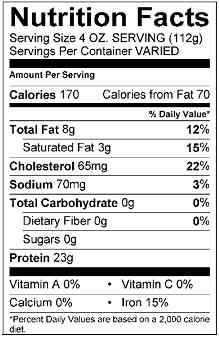Hectic careers and busy lives require so much commitment and attention, that we can sometimes forget to take care of ourselves. Taking the time to reset your mind and re-calibrate...
All posts by Courtney Bloch
In the past decade, we have seen a shift towards healthier, greener and more holistic ways of living. Leaving less of an environmental footprint has become a priority. More people...
Grocery shopping can be a decision nightmare with all the food labels to decipher. This email will expose and decipher some of those cryptic claims to hopefully make you a...
Eating healthy can be a challenge for individuals who have a lot on their plate. It is easy to resort to convenience foods or dining out because you think you...




